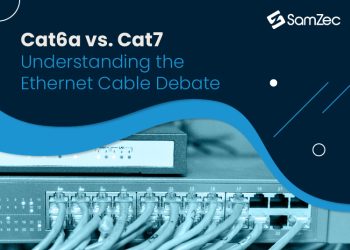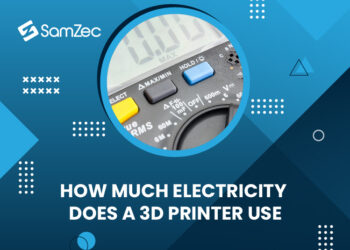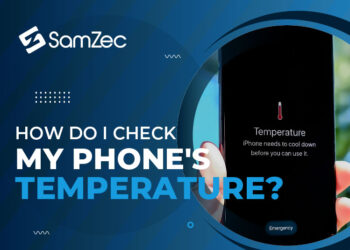Want to charge your phone and power band simultaneously, yes, it is possible. We often need to remember to charge our smartphones which might be an irritating situation in times of need.
Also, you are much more familiar with the power bank and USB-C type hubs which are more convenient and easy to carry anywhere.
However, the power bank and USB-C both share some common characteristic which is pass-through charging.
If you want to know more about pass-through charging continue reading this blog for your information and understanding.
Pass-Through Charging
Pass-through charging is a feature that allows the connected device to pass power for charging purposes. It’s either already charged to provide power to your connected source or connected to the outlet and then transfer power.
The best-known examples are “Power Bank ” and “USB-C type hubs that allow smartphones or E-Cigarette to charge. There is slightly a difference between a power bank and a USB-C type, where a power bank can provide power to your device and charge itself simultaneously.
On the other hand, USB-C hubs store some power for their operations and allow the rest of the power to the connected device to charge. The benefit of pass-through charging is convenience, as it allows you to charge your device easily and without any worry.
Whereas, USB-C hubs use a single C-Type port for transmitting data and video in addition to charging your device (Laptop). The rest of the ports on your laptop remain vacant for connecting external devices instantly.
Suppose you want to charge your device and power bank at the same time but you have one free socket. There is no need to worry about this as you can charge both your devices simultaneously.
Simply plug the power adapter into your power bank and connect it to your mobile phone using data or charging cable, you will see that both devices are connected and charging.
Recommended: Ultimate Guide to Basic Networking Concepts
How Does Pass-Through Charging Work?
The electronic device (Power Bank) has an internal battery that stores charge for a few days (as mentioned by the manufacturers). Once the power band is charged you can simply connect it to charge other devices.
The regulating circuits that are responsible for charging the desired product also match the power needed to charge the device (Mobile) etc.
This process is called prioritization. It also needs to evaluate the essential amount of energy to move directly through the wall adapter and then pass through the connected device.
There is a distinct feature of some power banks: while evaluating the need for charging the device. Likewise, it might know the exact amount of power so start to charge the device at regular or the speed required to charge it.
In contrast to USB-C hubs or docking stations, pass-through charging utilizes the (USB PD) USB power delivery to know the exact amount of power required to charge the connected device mobile, laptop, and tablet.
Furthermore, the charging is suitable when the supply is connected to a USB-C hub and the device you want to charge both support USB PD technology. On the other hand, if one might reject the power supply the device will not be charged after being connected.
One important factor is the USB-C hubs having pass-through technology will only provide a limited amount of energy required by the connected device. It is actually the device capacity and the voltage being offered is not appropriate and that is why it usually charges the device slowly.
Are There Any Drawbacks Of Pass-Through Charging
Electronic gadgets have advantages and some disadvantages as well and it is important to know before buying or charging your device.
One main advantage of pass-through charging is that they are handy and easily carried away with your luggage while going out for a trip or traveling.
But nothing goes the same with a power bank as excessive heat is the enemy of lithium-ion batteries installed in the power banks.
The power bank comes with a capacity of 5000 mAh, 10,000 mAh, and 20,000 mAh respectively, and takes a significant amount of time to juice itself which is dangerous as more heat build-up. The heat may swell the battery, reduce its lifespan or reduce the charging speed offered to other devices.
So it is more appropriate to use the pass-through charging option or use reputed brands for power banks.
In A Nutshell
When thinking of charging devices besides the adapter, the pass-through options seem more convenient. There are benefits of pass-through charging with some drawbacks as well.
If you are going to buy a power bank go for the reputed brands except for local brands as it will secure your charging device and will provide the actual voltage your device needs to charge.
This is just a brief guide about pass-through charging and yes there are many options for power banks and USB-C hubs for you to opt for charging your devices.
The blog might be helpful for your information and understanding of the concept of pass-through charging. To know more read out our other blogs for your information and knowledge.
Good Day!




















